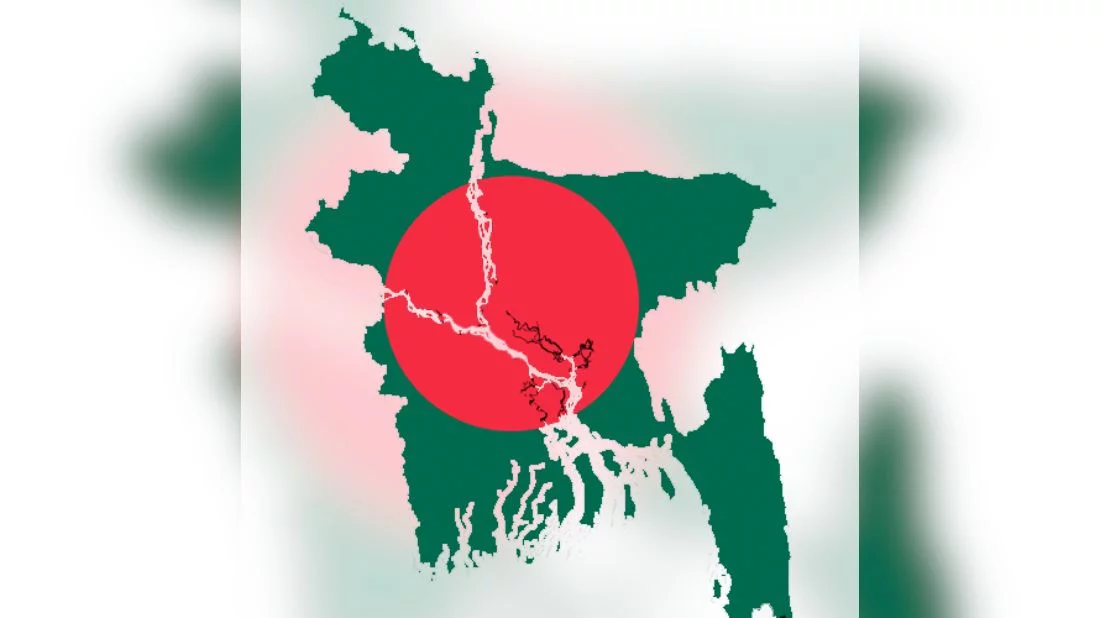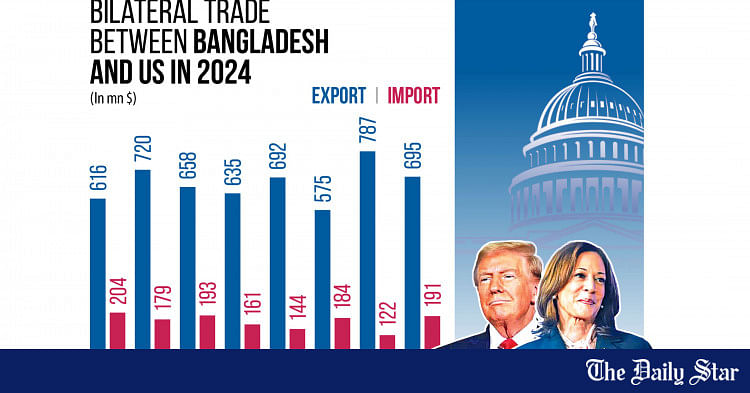- Copy to clipboard
- Thread starter
- Moderator
- #21
- Joined
- Jan 24, 2024
- Messages
- 3,313
- Solutions
- 1
- Reaction score
- 1,718
- Points
- 209
With friends like these - who needs enemies...

New Delhi: Citing severe congestion at Delhi airport because of which airlines have started charging three times the normal tariff, Indian garment exporters have asked the central government to stop allowing transshipment of Bangladeshi goods to third countries via Delhi.
The congestion at the Delhi airport is due to the Red Sea crisis, which has forced companies to use air routes for export of goods.
While New Delhi and Dhaka have, over the past two years, taken collaborative steps in terms of transit and transshipment of goods, India has also been pushing its domestic textile sector to achieve a $100 billion export target by 2030 and compete with other garment giants in Asia, such as Bangladesh, Vietnam and China.
Meanwhile, Bangladesh has grown into a garment powerhouse, manufacturing for major clothing brands like H&M, Zara, Tommy Hilfiger, Gap, Calvin Klein and Hugo Boss — giving stiff competition to their counterparts in India.
Apparel Export Promotion Council (AEPC), India's official body of apparel exporters, Thursday requested the Central Board Of Indirect Taxes and Customs (CBIC) to roll back its circular dated 7 February that allowed transshipment of Bangladesh export cargo to third countries through Delhi Air Cargo complex. Previously, these goods were allowed only through Kolkata airport.
" It's unlikely the circular will be reversed because it could be seen not only as protectionist measure but also contrary to providing reciprocal trade facilitation as agreed by the leaders of the two countries in the 2022 joint statement," Mustafizur Rahman, a Distinguished Fellow at the Centre for Policy Dialogue (CPD), a Dhaka-based think tank, told ThePrint.
(Edited by Richa Mishra)
New Delhi: Citing severe congestion at Delhi airport because of which airlines have started charging three times the normal tariff, Indian garment exporters have asked the central government to stop allowing transshipment of Bangladeshi goods to third countries via Delhi.
The congestion at the Delhi airport is due to the Red Sea crisis, which has forced companies to use air routes for export of goods.
While New Delhi and Dhaka have, over the past two years, taken collaborative steps in terms of transit and transshipment of goods, India has also been pushing its domestic textile sector to achieve a $100 billion export target by 2030 and compete with other garment giants in Asia, such as Bangladesh, Vietnam and China.
Meanwhile, Bangladesh has grown into a garment powerhouse, manufacturing for major clothing brands like H&M, Zara, Tommy Hilfiger, Gap, Calvin Klein and Hugo Boss — giving stiff competition to their counterparts in India.
Apparel Export Promotion Council (AEPC), India's official body of apparel exporters, Thursday requested the Central Board Of Indirect Taxes and Customs (CBIC) to roll back its circular dated 7 February that allowed transshipment of Bangladesh export cargo to third countries through Delhi Air Cargo complex. Previously, these goods were allowed only through Kolkata airport.
" It's unlikely the circular will be reversed because it could be seen not only as protectionist measure but also contrary to providing reciprocal trade facilitation as agreed by the leaders of the two countries in the 2022 joint statement," Mustafizur Rahman, a Distinguished Fellow at the Centre for Policy Dialogue (CPD), a Dhaka-based think tank, told ThePrint.
(Edited by Richa Mishra)














